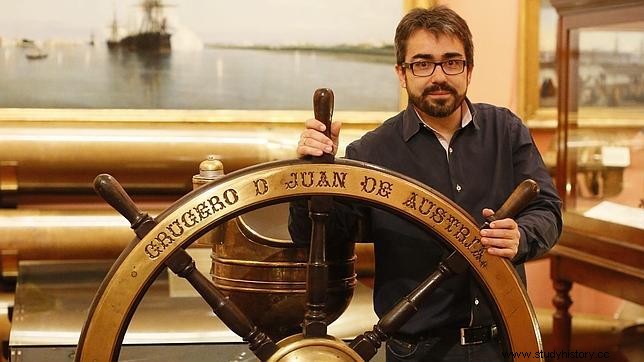In 2015 the remains of the San José galleon were found , near the coast of Cartagena de Indias, which, according to chroniclers of the time, was loaded with eleven million strong pesos. Since the discovery, a conflict has arisen between the Colombian government, which considers the discovery to be Colombia's heritage, and the Spanish government, which claims ownership of it as a state ship and, therefore, protected by the Unesco regulations. . The previous government of Juan Manuel Santos reached an agreement with a treasure hunting company to share 50% of the treasure of the galleon San José. However, the new government of Duque has paralyzed this agreement.
Under the threat of looting, a group of archaeologists, historians and disseminators have created the Common and Shared Underwater Cultural Heritage Observatory to demand an agreed solution that preserves the contents of the galleon San José and put himself at the service of humanity. That is why we have decided to speak with the journalist Jesús García Calero , one of the promoters of the Observatory, to tell us his vision of the conflict and his concern for the preservation of Spanish underwater heritage.

How did the Underwater Cultural Heritage Observatory come about?
And how was it?
Why is there a danger of looting in the recovery of the galleon San José?

What changes have we seen with the new governments of Spain and Colombia?
How can the Observatory help to preserve this heritage?
What would be a good deal for you for the future of the San José galleon?

What measures should Spain take to preserve its underwater heritage?
We thank Jesús García Calero for his kindness in granting us this interview and we hope that the Common and Shared Underwater Cultural Heritage Observatory will consolidate itself as a tool for raising awareness of the care and protection of heritage Spanish underwater. From Desperta Ferro we can only support this much-needed initiative that will help a satisfactory resolution of cases such as that of the San José galleon.
